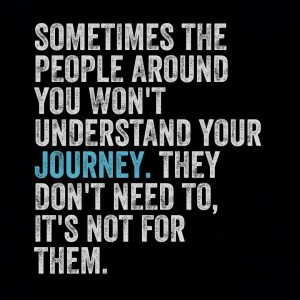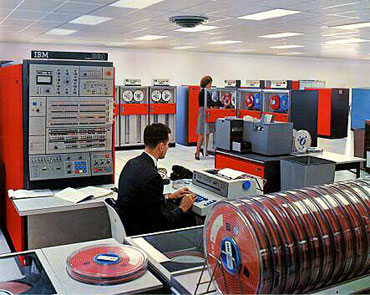Well, my friends, it has been a while since I have posted anything. I am now considered a cancer survivor!
My primary goal in 2016 was to not see the inside of a hospital, and I achieved that goal. 2017 almost was shaping up to be the same. At the end of 2017 and again in mid-2019 had two major maintenance surgeries to correct a few “plumbing” issues.
This means that after 6 years, 16 surgeries, and five teams of doctors at MD Anderson, I remain cancer-free.
So, as of September 2019 the numbers look like this:
- 3 – unrelated cancers
- 2 – times doctors said I was not going to live but a few months (or in one case hours)
- 16 – number of surgeries
- 6 years of cancer treatment and surgeries
- 6 years cancer-free free from first cancer, 5 years cancer-free from second cancer, and 2 years cancer-free from the third.
In 2017, I decided to look forward and start living life again. The “New Normal.” So my wife and I decided to go on a bike ride this year. Not just any bike ride, RAGBRAI 2017. www.ragbrai.com
RAGBRAI (Registers Annual Great Bike Ride Across Iowa) is an annual ride sponsored by the Des Moines Register newspaper. It is the oldest, largest and longest touring bicycle ride in the world. This is the 45th year it has been held. It starts in the west of Iowa and travels the entire width of the state to the Mississippi River in the east. This year is a “short” ride at only 417 miles over 7 days. 50-60 miles a day from small town to small town. Note I have been told this is a “ride” not a “race” which is quite OK by me!
We will be joined by our nephew who has undergone his own miracle surgery. At 16 years old, Shriner’s Hospital in Chicago to lengthen his right leg 2 inches with a very advanced surgical procedure. Doctors have cleared him to join us on this ride.
Being the business person I am, I contacted Specialized Bike company (www.specialized.com), told them of my story, and asked if they would sponsor our team for the ride. Much to my surprise, they agreed! Their pre-ride support has been awesome. And to celebrate more, they are providing us with their new Turbo Vado e-bikes to ride. If you have never ridden e-bike before, you must! It is a pedal-assist device which provides you some assistance going up hills or on longer rides. Both my wife and I rented e-bikes in Lucerne Switzerland and fell in love with the technology. The Turbo Vado is by far the newest and latest in this technology and we are grateful for their support.
For me, this is a great celebration of my journey. We have been training for months now in the Texas heat (and Austin hills) and look forward to possibly cooler Iowa temperatures for the Iowa ride.
As we go forward, I continue to speak publicly at various business and cancer support organizations in support of cancer research and treatment. Any way my journey can inspire of provide insight to someone going through their own journey, I would like to help.
Until next time…. Robert Dean





